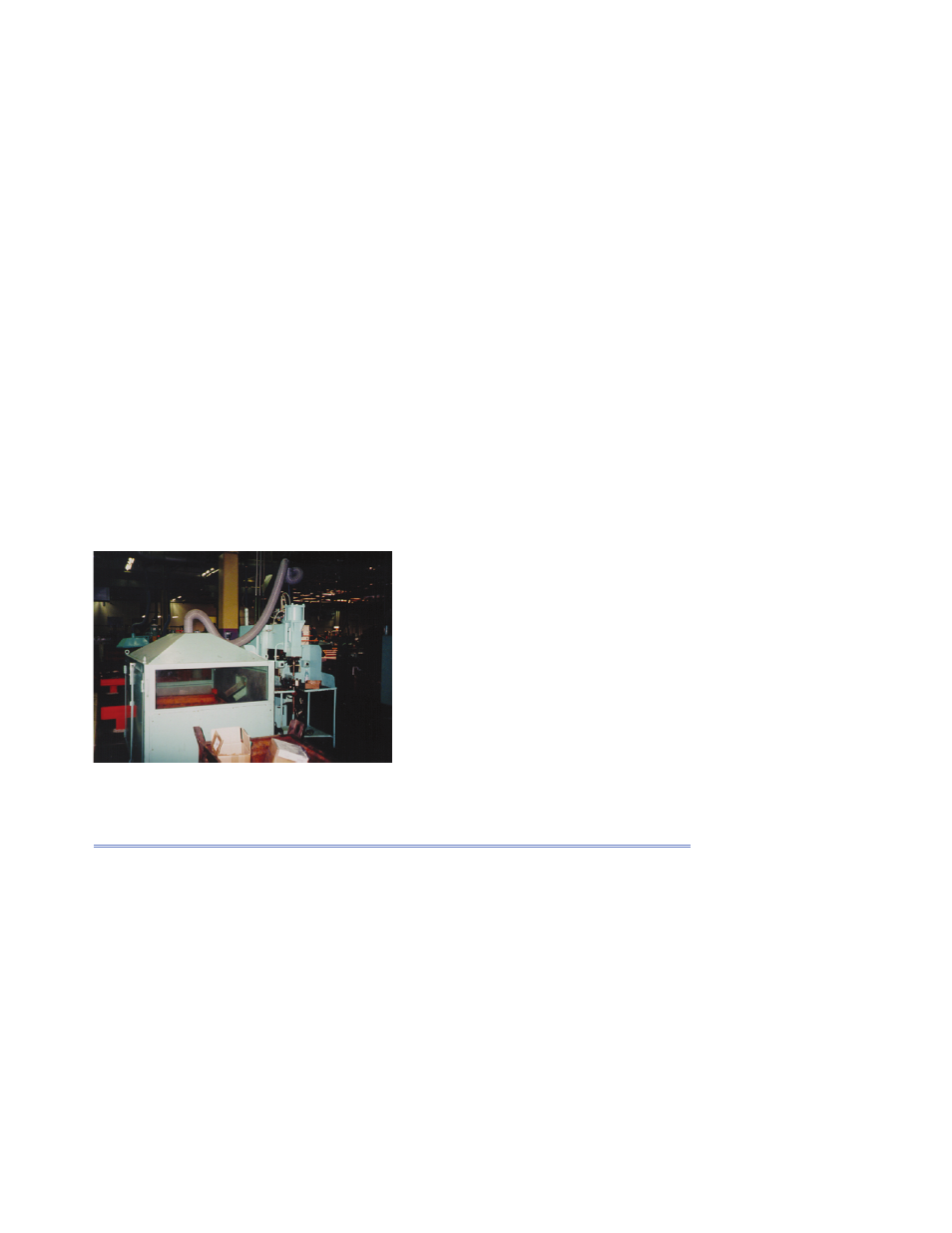Retrotec USACE User Manual
Page 247

Appendix D D117
occupied zone of the welding shop is the use of local exhaust systems. How-
ever, no local exhaust ventilation system is 100% effective in capturing fumes,
and local exhausts are typically not effi cient in removing fumes generated after
welding at the heat-affected zone. Mechanical supply and exhaust systems are
normally used for dilution of contaminants not captured by local exhaust. Ven-
tilation rate, and thus heating and cooling energy and energy to power fans,
depends on the amount of welding fumes generation.
Welding fume generation rates depend on a number of factors, including
the welding process being used, the base metal being welded, and the welding
electrode and shielding gas (if used)—as well as welding parameters and other
process factors. The following measures may be used to reduce fumes:
Avoid, remove, or reduce oil fi lm, paint, primer, rust, galvanizing, and other
■
coatings on the welded surfaces, since these coatings increase fumes.
Reduce expulsion during spot welding.
■
Avoid short-time conditions with spot welding, changing over to medi-
■
um-time conditions.
Place containers with welded small parts in the totally enclosed cabi-
■
nets connected to exhaust system to avoid residual welding smoke
release into the building (Figure D184).
Figure D184. Enclosure over a container with
welded small parts at Fiat plant in Turin, Italy.
Exhaust from the enclosure controls residual
weld fumes.
D.7.5 Vacuum Systems
D.7.5.1 Operating at Lower Pressure Than Required (Ineffi ciency)
A vacuum system operating at a lower pressure than required will have an ad-
ditional power requirement. An evaluation of the vacuum equipment perfor-
mance curve is needed to provide an accurate value. The users of the vacuum
system need to be reviewed as to the amount of vacuum air they will contribute
to the system. An additional loss in energy occurs because the lower pressure
causes the leaks to have a greater volume than should be. Look at pipe fi ttings,
valves, and other system components as a source for these leaks.
